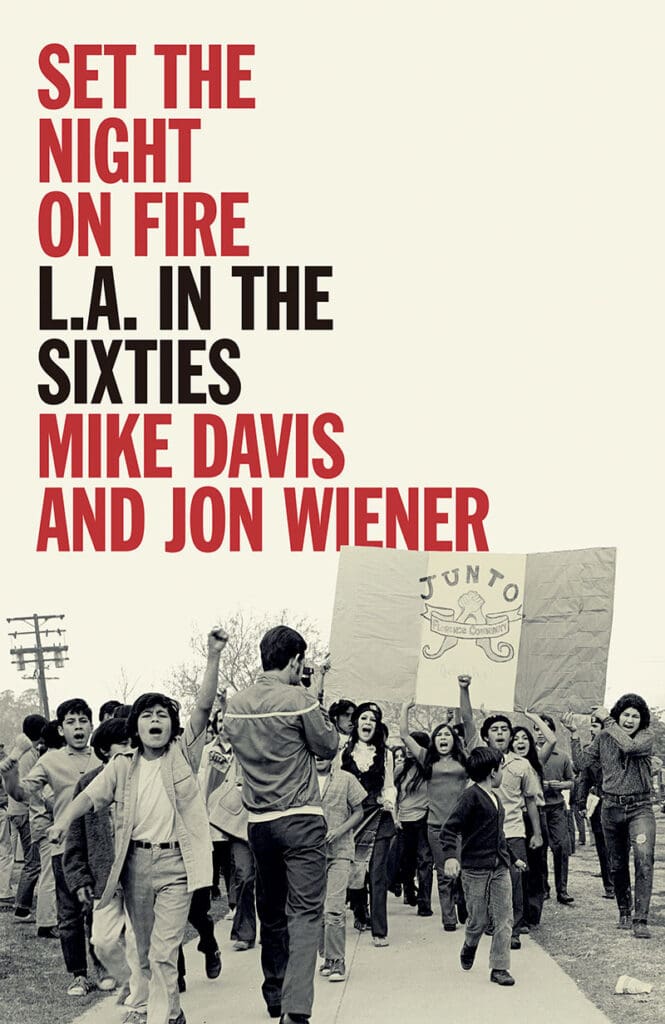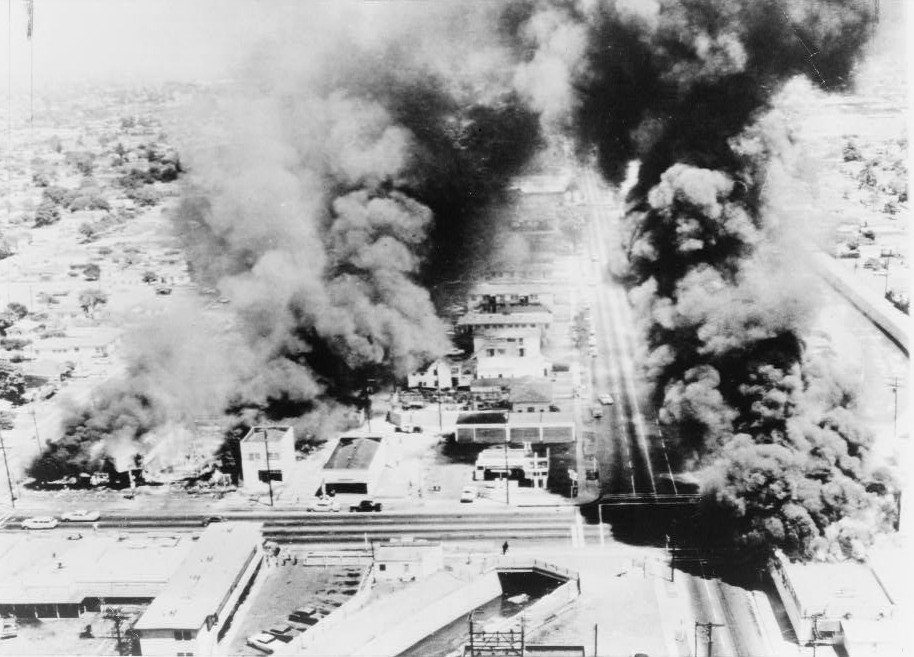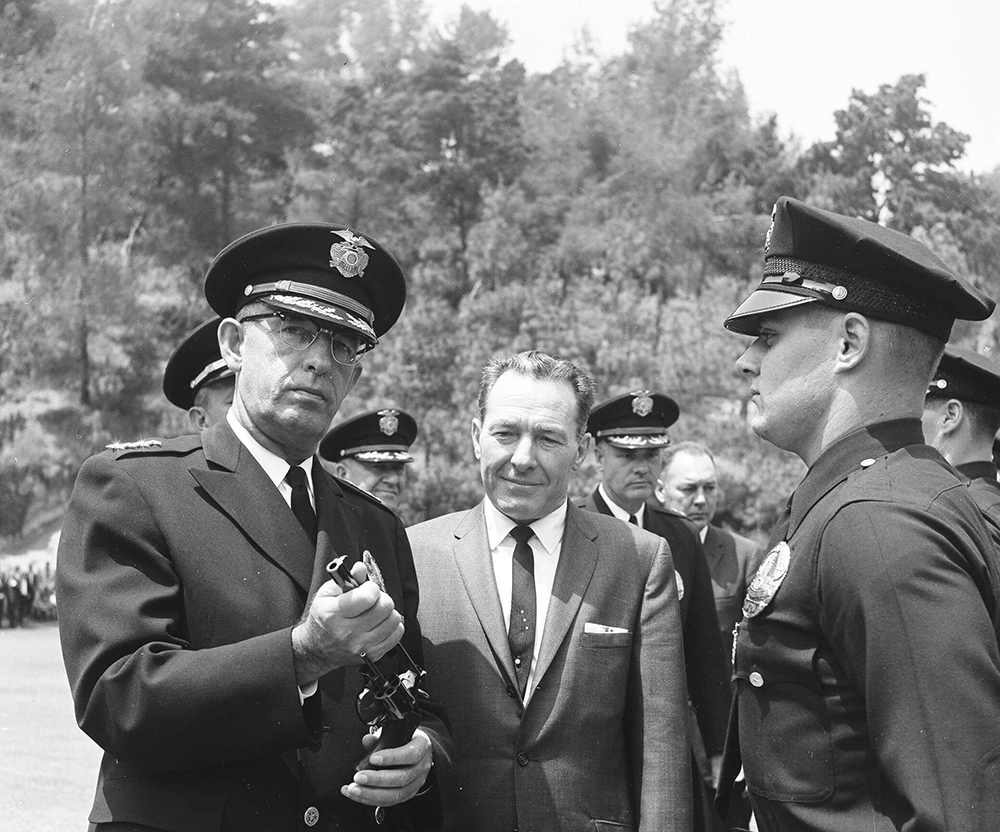Latest News
Set the Page on Fire: Mike Davis Revisits a Rebellious L.A.
A new history by the author of City of Quartz examines the time and place of his own early activism.

Mike Davis is an explorer. Climbing mountains of documents and sifting through the reefs of people’s memories, the City of Quartz author pieces together dramatic events that have been obscured by the indifference of official histories or are vanishing with the aging actors who performed in them. A former meat cutter and long-distance trucker turned activist, urban theorist, professor and historian, Davis took nearly a decade to write his latest book, Set the Night on Fire: L.A. in the Sixties. In it, the Fontana-born author revisits the time and place of Davis’ own early activism as an organizer in the civil rights movement and covers seemingly every aspect of the counterculture movements and brown and black rebellions that gripped the City of Angels in the 1960s.
Davis had originally intended his project to be an oral history, but a bout with cancer inhibited his ability to travel and his interview subjects began dying – sometimes days before scheduled interviews. Davis’ friend, journalist/historian Jon Wiener, stepped in to co-write the book. The result is a surprisingly gripping 800-page epic that reads like a book version of The Wire, set in Los Angeles – complete with a cast of villains, including police chief William H. Parker and Mayor Sam Yorty, and heroes like activist Angela Davis and journalist Ruben Salazar. Davis recently sat down with Capital & Main to discuss his process, his passions and a city, like so many, currently in the grips of a pandemic. The interview was edited for length and clarity.
Capital & Main: People are calling this book a prequel to City of Quartz —
Mike Davis: (Laughs) That wasn’t really the logic of it at all. I was motivated by two things. First, I felt that for the past 50 years the experience of the ’60s has been misunderstood. There have been some great studies of the civil rights movement and [its] grass roots, but that hasn’t been true of the period in Northern cities. So I felt that it was necessary to draw out a kind of balance sheet, of what had been won and what had been lost. And to try and put readers in the pilot seats [of that era]: “Well, here’s the situation, here’s what needs to be done. What are your tactics? What choices are you going to make?” The second, powerful, emotional cause was the recognition that so many people of my generation were dying.
A focus of the book is the activism and mobilization of high school students in Los Angeles during the ’60s, which is something not many people have ever heard about.
We have clichés about the ’60s focused on the big universities and protests, or focused on the Black Panther Party . . . But it was really only in doing the research for this, and also trying to use my own memory to recall what was going on, that I came to realize the central role the high school kids, even junior high school kids, played. The high schools, if anything, were more important than a lot of college campuses, and at the college campuses, the state colleges and the junior colleges were at the center of the struggle, not SC or UCLA.
Look at last year’s [L.A.] teachers’ strike. Most of the issues they were fighting about were absolutely the same ones that the united civil rights movement was fighting about in ’63 and that black and brown high school students were protesting from ’67 to ’69 in a sensational series of blowouts and school strikes.
How much does personality come into play in the emergence of movements, or do movements engender leaders — or both?
It’s not so much the people who were momentarily on the front page of the newspaper, but the people who kept at it and were effective, often in invisible ways.
Your book covers a series of individual movements that are almost like streams. Did they all coalesce into a big wave or were they for the most part just individual torrents that aren’t necessarily related?
Uniting against police suppression was a profound force, particularly after Westside grandmothers and kids got so brutally attacked and beaten by the police at Century City. But there were also lots of people who were out there building unity. One of the groups that I, unfortunately, because of my sickness, never interviewed, were people from this high school group called Red Tide, which had interracial leadership and really worked full time to try and unite kids on majority white campuses with the struggle of kids on the Eastside and Southside campuses. Some people were trying to drive spikes of division, but there were more people trying to build unity.
And you were actually at the Valley State demonstration you write about in the book?
Yes. I was in something called the Committee to Defend the Bill of Rights, which was a major group monitoring police abuse and bailing people out of jail. One thing I can never forget is the heroism of ordinary people. I saw people do just insanely brave things on behalf of justice–and not just red diaper babies or people with some kind of solidly rooted ideology.
There were hundreds and hundreds of white kids on the Valley State campus [now Cal State Northridge], where there had been no blacks at all until recently, who were arrested and some of them ended up serving time, to support the Black Studies movement. I got arrested too. And I will never, ever forget being on the bus [after being arrested] with all these college girls singing, “Hey Jude, don’t be afraid…”
You cite how conditions in Watts grew alarmingly in the years after the 1965 conflagration. And then in ’92 the area erupted again. We’ve seen this time and again. Are we all just caught in a vicious cycle, bound to repeat the same mistakes?
People only won real victories with the regeneration of the labor movement in Los Angeles in the late 1980s. The progressive labor movement has been, really, the driver of reforms in the city. But unfortunately, if you look at the statistics, and particularly . . . the unaffordability of housing, which has pushed hundreds of thousands of people out of L.A. County, [plus] the gaps in wages and wealth, the conditions that produced 1992 are still there. And now we’re headed into something that’s almost beyond our imagination and it’s just going to be devastating in L.A.’s working class communities.
And I suspect income inequality is the fuel and the pandemic, the spark?
Yeah, I mean, half of Los Angeles lives on the brink in good times. And now the very worst of times are coming. Pew did a poll recently and 42 percent of people in the country said that they’d either lost their job or had a serious drop in earnings. And much of that is going to be, of course, permanent, or will take years to work out. I believe about a quarter of American family-owned businesses are essentially extinct right now…will never recover from it. And that’s a very large number of people employed by these myriad businesses.
What you’re going to see is just the terrible competition between states and between local governments. Public budgets are going to go bust. You look at the fiscal condition of, say, County General Hospital, or if you look at the smallest cities who have almost no capacity — somewhere like the Alameda Corridor’s blue-collar cities — they’re paying off debt from 20 to 25 years ago. So while everybody applauds what governors are doing and what mayors are doing, the reality is that the ability of local, county and state governments to respond to the economic crisis is extremely limited. And, of course, the bailout bills that have been coming are just Band-Aids.
Has there been a greater political division in our country since the ’60s? Or has it always been there and it’s just more obvious now with the Internet and a 24-hour news cycle?
The difference is that the Trump coalition is not going to get bigger because of this crisis. It’s a different situation than in Europe, [where] in several countries this experience and the resulting recession will fuel further victories by the far right, by parties like Salvini’s Northern League in Italy.
But in this country we’ve seen that the declining economic mobility of young people has pushed a whole generation way to the left, and behind Bernie Sanders. And the fact that his campaign is centered around health care is an extremely convincing argument. Whether it’s health care workers or service and distribution people, you are going to see a big labor upsurge, no matter what the unemployment level is. The National Nurses union right now is picketing the White House, reading off the names of nurses who died during the course of the pandemic. [Disclosure: The union is a financial supporter of this website.] I’m hoping that people don’t give up the fight at the [Democratic] convention to ensure that Medicare for All is an integral part of the Democratic platform held over Biden to ensure he does it if he wins.
One thing to be careful about is the belief that with Trump gone, his base will simply fragment in different directions. The real danger in this country is not Trump per se — who’s clueless about what he’s doing and jumps from one thing to another — but that there seems to be 35 or 40 percent of this country, which is almost unshakeable in its opposition to the acquisition of power by people of color. And to any kind of real action around climate change and so on. It’s not at all like during the days of the Occupy movement — the 99 percent versus the one percent. Today it’s the 60-65 percent versus the rest.
What is the passion that makes you do what you do?
It’s very simple in a way. The greatest single event of my life, apart from the birth of my children, was joining the civil rights movement when I was 16. I was in my early 40s before I began to recognize that I needed a permanent job. Before that I considered myself just, as we used to say, a “movement person,” full time. I went to school at UCLA when I was almost 30, specifically, because I wanted to study economics and hope to get a job in a trade union research department.
Every single book I’ve written has been the result of a kind of imaginary discourse with comrades. There wasn’t a day I worked on this book I wasn’t arguing with Dorothy Healey [the late head of the Communist Party in Southern California], who, half the time, considered me to be an ultra-left lunatic. But I learned from her, both morally and intellectually–and she’s somebody who dropped out of high school. She’s still alive in in my mind. And every time I wrote a few pages I would have an imaginary conversation — “What would Dorothy think of that?”
So are you providing readers with tools to engender change?
Of course. But we also have to make sure that old debates remain incredibly important. I’ve just written a couple of things responding to two editorials. One was a letter by a bunch of former SDS [Students for Democratic Society] activists calling themselves the former leaders of the SDS and some of them were very far from that and I said, we just have to vote for Biden. The other choice is fascism. And then Jacobin published an article by one of their editors, Daniel Finn, who said all this verge of fascism stuff is nonsense – if Trump wanted to have the dictatorship, we’d have it by now. He’s a very smart guy but I thought this is one of the most fantastically naive things I’ve ever heard.
Because it doesn’t always happen overnight. It happens this way, insidiously.
Of course. And, who says this is a binary choice? It can’t be. You can vote for Biden and at the same time continue the struggle over the platform and continue acting independently. The whole idea that it’s either this or that or that you can afford to abstain from the election. I mean, Ruth Bader Ginsburg is going to retire or get mortally ill soon. And I would vote for Biden just for that.
Copyright 2020 Capital & Main

-

 Latest NewsDecember 8, 2025
Latest NewsDecember 8, 2025This L.A. Museum Is Standing Up to Trump’s Whitewashing, Vowing to ‘Scrub Nothing’
-

 Striking BackDecember 4, 2025
Striking BackDecember 4, 2025Home Care Workers Are Losing Minimum Wage Protections — and Fighting Back
-

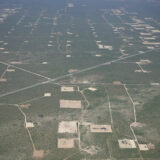 The SlickDecember 2, 2025
The SlickDecember 2, 2025Utility Asks New Mexico for ‘Zero Emission’ Status for Gas-Fired Power Plant
-

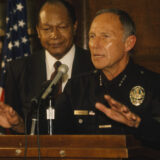 Latest NewsDecember 1, 2025
Latest NewsDecember 1, 2025Accountable to No One: What 1990s L.A. Teaches Us About the Trump Resistance
-

 Dirty MoneyDecember 3, 2025
Dirty MoneyDecember 3, 2025Trump’s Anti-Climate Policies Are Driving Up Insurance Costs for Homeowners, Say Experts
-

 Child FarmworkersDecember 5, 2025
Child FarmworkersDecember 5, 2025To Protect Underage Farmworkers, California Expands Oversight of Field Conditions
-

 Column - State of InequalityDecember 4, 2025
Column - State of InequalityDecember 4, 2025Can California Claw Back Some Medi-Cal Care?
-

 Latest NewsDecember 10, 2025
Latest NewsDecember 10, 2025Capital & Main, L.A. Times Win Sidney Award for Reporting on Child Farmworkers


